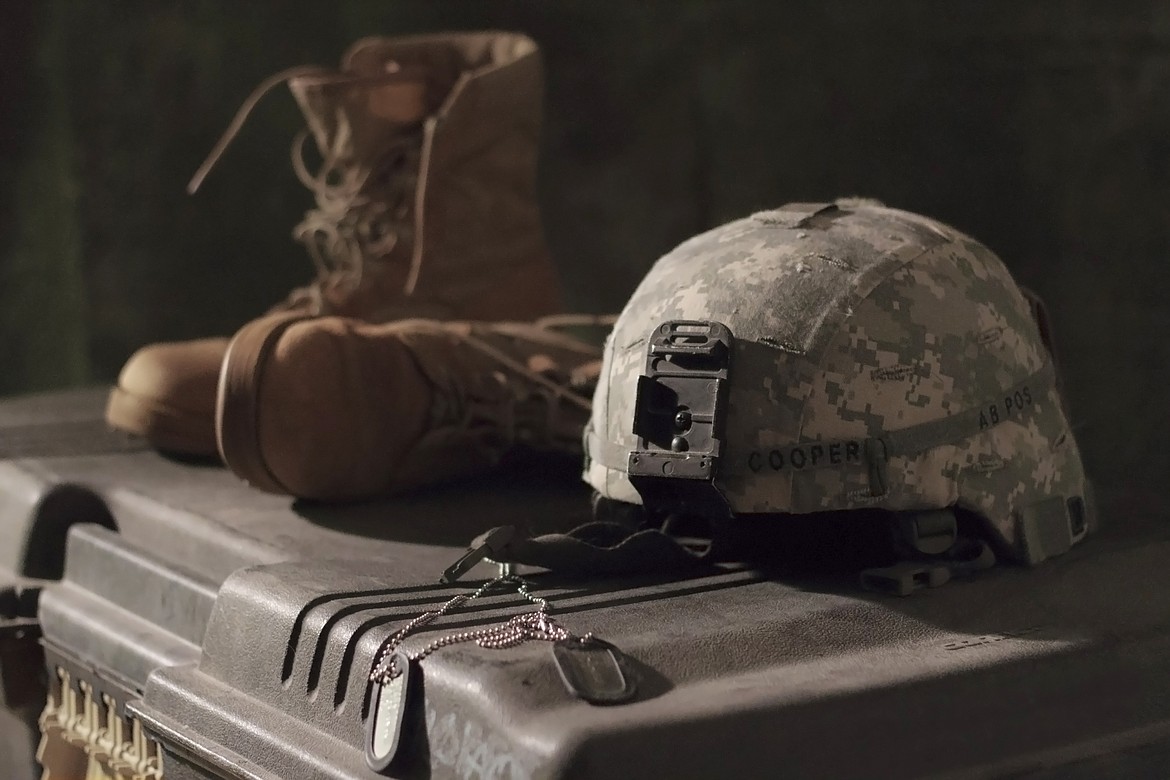Communications, coordination and World War I
It was August 1914, the early stages of World War I when Germany attacked France in what would be known as the Battle of the Marne.
It was a far cry from the skirmishes that we have had in later years. At this time, both Germany and France had approximately one million men fighting each other along a line in northeastern France from Alsace Lorraine to above Paris, roughly 180 miles wide.
This initial battle was over in two weeks with the result that it was about a stalemate, but each side had about 260,000 casualties, which included wounded and killed. That is over one-half million men. With that many, it is hard to even comprehend.
Each side was broken down into armies that did their individual fighting led by generals, some very good, some old and not very good. One was German General Max von Hausen's Third Army, which was composed of 113,000 Infantry, 71,000 cavalry (on horses), 602 artillery guns, and 198 machine guns.
The armies did their own attacks, but in those days, communications and coordination between armies were not very good as they didn't have modern-day radio transmissions, it was all runners and that was difficult when they were spread out so far.
Of course, while he was attacking, so was the French Army. The battles went back and forth and continued so until the war was over in 1918 when the Americans came to the aid of the French and English who had been doing the fighting. There really was a victor; it was a stalemate.
It was called the war to end all wars. When it was over, almost 15 million people had been killed, around 8.8 million soldiers and over 6 million civilians.
Roger Gregory is a Vietnam veteran and business owner in Priest River.

